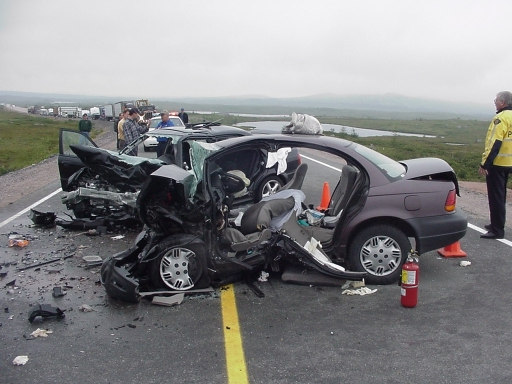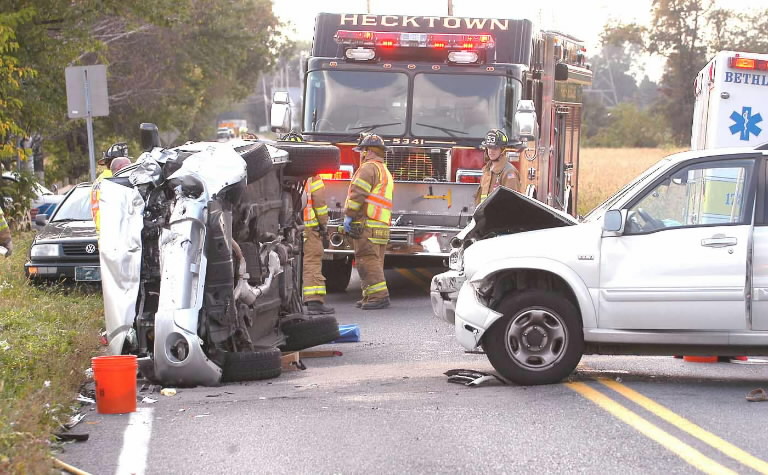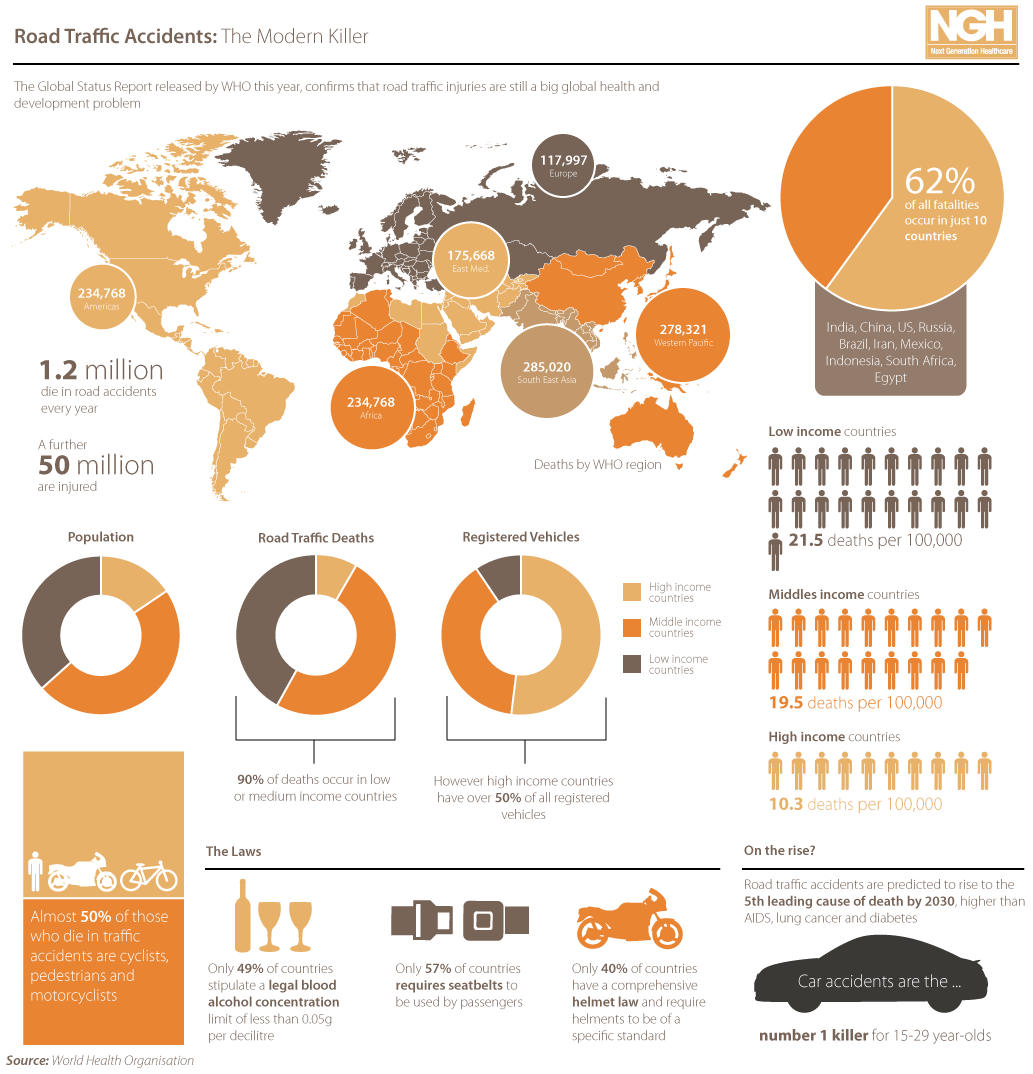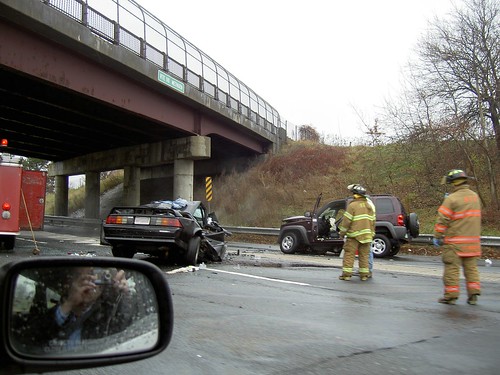One for the record books! Dramatic Drop in U.S. Highway Fatalities in 2009; Lowest Since 1950
(Source: AP via Yahoo News )
The number of people dying on the nation’s roads has fallen to its lowest level in six decades, helped by a combination of seat belts, safer cars and tougher enforcement of drunken driving laws.
The Transportation Department said late Wednesday that traffic deaths fell 9.7 percent in 2009 to 33,808, the lowest number since 1950. In 2008, an estimated 37,423 people died on the highways.
Forty-one states, the District of Columbia and Puerto Rico saw reductions in highway fatalities, led by Florida with 422 fewer deaths and Texas, down 405.
The motor vehicle fatality rate — the number of deaths per 100 million miles traveled — is the lowest ever: 1.13 deaths in 2009, down from 1.26 in 2008, DOT says, even as Americans were driving 0.2% more than in 2008.
The annual highway safety report also reported the following stats:
- _ Motorcycle fatalities broke 11 years of annual increases, falling by 16 percent, from 5,312 in 2008 to 4,462 in 2009.
- _ The number of people injured in motor vehicle crashes fell for a 10th consecutive year.
- _ Alcohol-impaired driving deaths declined 7.4 percent in 2009 to 10,839 deaths, compared with 11,711 in 2008.
Note: I commend the efforts of the USDOT’s leadership (Secretary, the Administrators, staff, etc) in ensuring that our nation’s roads are safe for the citizens. The multi-pronged approach taken by various administrations within the Department, including targeted campaigns towards drunk driving, texting while driving, etc., are paying big dividends, as evidenced by these dramatic reduction in fatalities. Also, we have to recognize the efforts of the vehicle manufacturers for making their vehicles a lot safer than what they were in the decades before. Many vehicles in today’s market sport great active and passive systems compared to the cars of yesteryears, which help greatly in reducing the risk of fatal injuries to the occupants during an accident. The role of local enforcement agencies should also be appreciated in this remarkable effort. Apart from the obvious safety benefits, there are many other associated benefits at the societal and personal level – reduction in associated costs such as repair costs, travel time savings, insurance costs, etc. In all, as a society we are progressing well but we still have a long way to go. Let’s not forget that we are still losing thousands of people on our roads and that only means one thing – we cannot slow down our efforts!
Related articles by Zemanta
- Highway deaths fall to lowest level since 1950 (sfgate.com)
- Highway deaths fall to lowest level since 1950 (thenewstribune.com)
- Reducing Highway Fatalities (online.wsj.com)
- Highway deaths fall to lowest level since 1950 (seattletimes.nwsource.com)





![Reblog this post [with Zemanta]](http://img.zemanta.com/reblog_e.png?x-id=55aaa725-f2ea-4180-a942-30a3743e2cd9)









